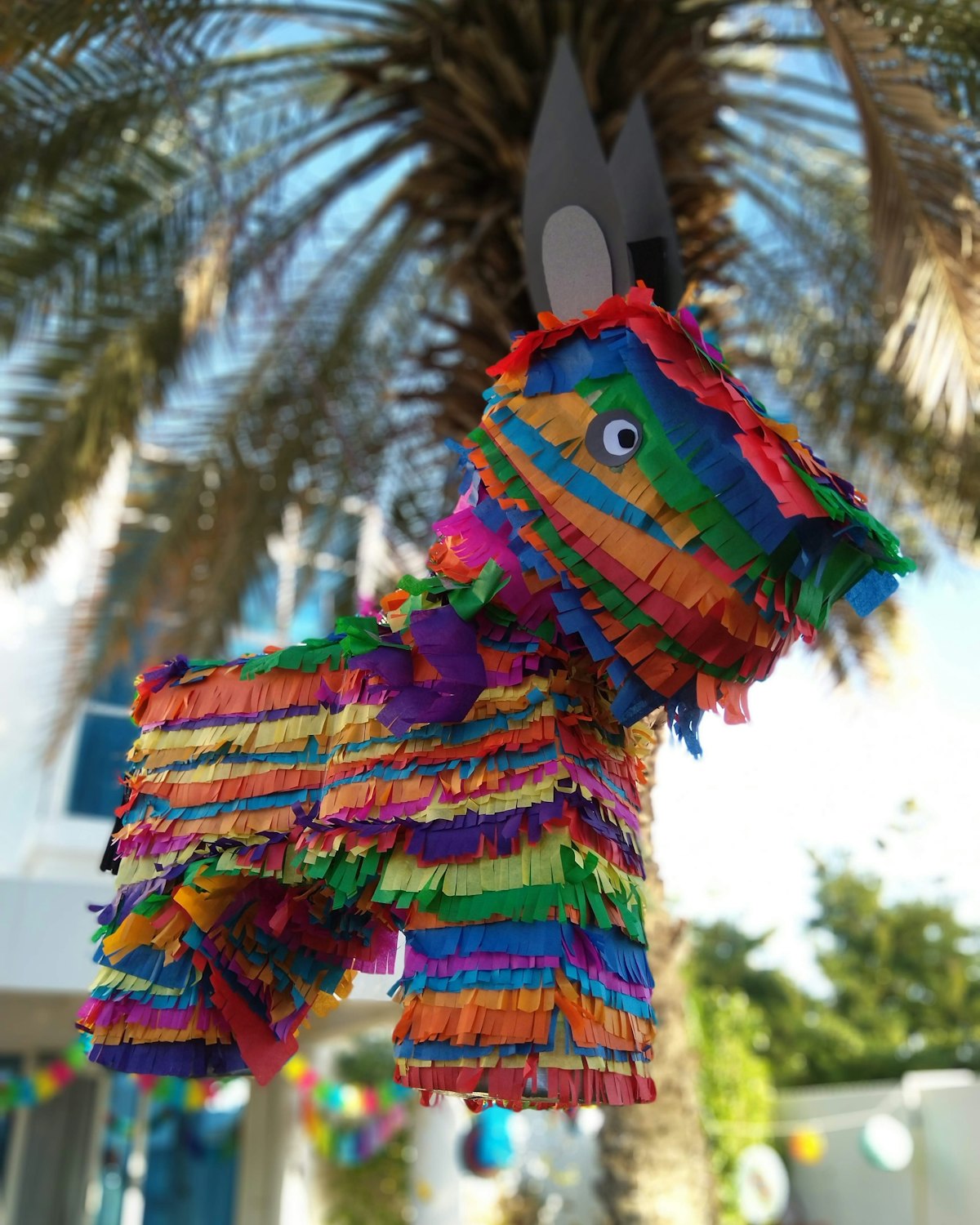Handicraft market, the tradition, and culture of Mexico
Every tourist who wants to know about a country is always recommended to go to a market like this because it will find out a lot about its roots, people, customs, clothing, tastes, toys, and art.





